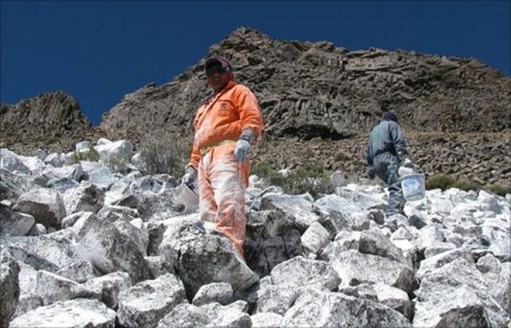5.4 Fighting climate change with paint
There are other factors too, which are crucial in determining whether a planet is the right temperature to be habitable. One of them is how reflective the planet is. A very reflective planet will reflect starlight, and will be cooler than an otherwise identical planet whose surface absorbs all the starlight. Things like rock type, cloud cover, snow and ice, and whether there are large oceans all affect how reflective a planet is.
Since industrialisation started about 200 years ago, the composition of the Earth’s atmosphere has gradually changed. The amount of carbon dioxide has increased, which is a very effective greenhouse gas. The average temperature of the Earth is rising as a result. One consequence of this is that glaciers are melting. This is bad, because glaciers are reflective, while the rock underneath them isn’t. A consequence of melting glaciers is that the Earth absorbs more sunlight, which makes global warming worse.
The glaciers in the Peruvian Andes have melted. The local people are suffering as a result: glacial meltwater is no longer available for their crops. Villagers in Licapa have been whitewashing the mountain above their village. The hope is that it will absorb less sunlight, cool, and a glacier might be re-established.

